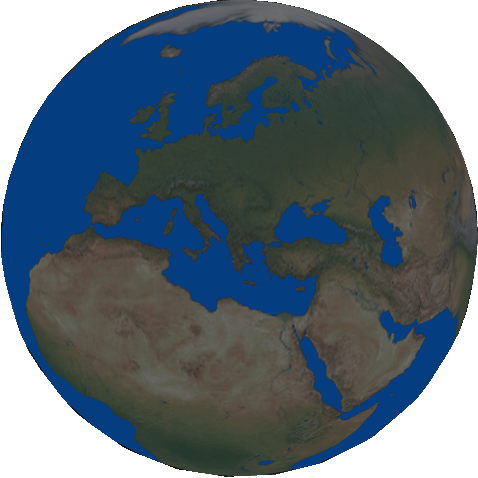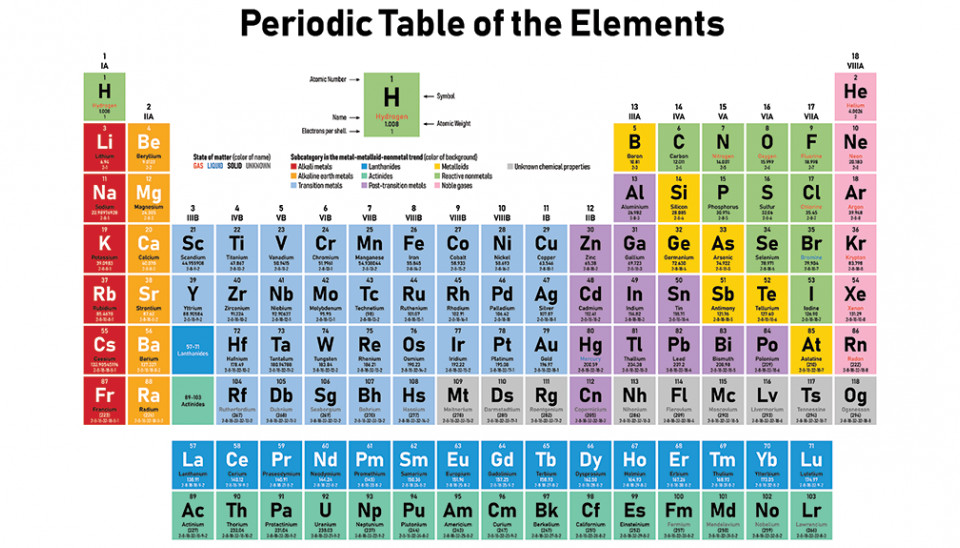1838 AD discovered
In 1751, the Swedish mineralogist Axel Fredrik Cronstedt discovered a heavy mineral from the mine at Bastnäs, later named cerite. Thirty years later, the fifteen-year-old Wilhelm Hisinger, from the family owning the mine, sent a sample of it to Carl Scheele, who did not find any new elements within. In 1803, after Hisinger had become an ironmaster, he returned to the mineral with Jöns Jacob Berzelius and isolated a new oxide which they named ceria after the dwarf planet Ceres, which had been discovered two years earlier.
Ceria was simultaneously independently isolated in Germany by Martin Heinrich Klaproth.
Between 1839 and 1843, ceria was shown to be a mixture of oxides by the Swedish surgeon and chemist Carl Gustaf Mosander, who lived in the same house as Berzelius: he separated out two other oxides which he named lanthana and didymia. He partially decomposed a sample of cerium nitrate by roasting it in air and then treating the resulting oxide with dilute nitric acid.
That same year, Axel Erdmann, a student also at the Karolinska Institute, discovered lanthanum in a new mineral from Låven island located in a Norwegian fjord.
Finally, Mosander explained his delay, saying that he had extracted a second element from cerium, and this he called didymium. Although he didn't realise it, didymium too was a mixture, and in 1885 it was separated into praseodymium and neodymium.
Since lanthanum's properties differed only slightly from those of cerium, and occurred along with it in its salts, he named it from the Ancient Greek λανθάνειν [lanthanein] (lit. to lie hidden).
Relatively pure lanthanum metal was first isolated in 1923.
Subjects Who or What discovered?
-
Carl Gustaf Mosander Swedish chemist who disc...
Objects To Whom or What was discovered?
-
Lanthanum (La) A soft, ductile, silvery...
Timelines (that include this event)
Events in 1838 MORE













